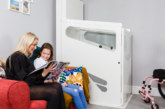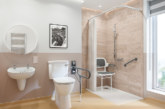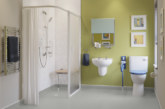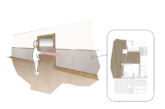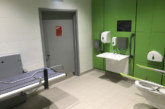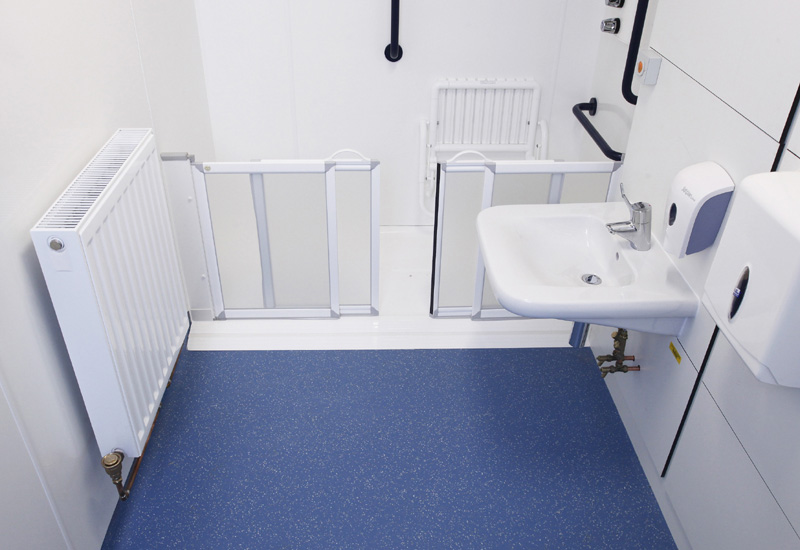
Altro offers advice on making the DFG work for Cognitive Disorders and home improvements that really help.
More than 44,000 people a year in the UK get help to adapt their homes through a Disabled Facilities Grant (DFG). However this year local authorities have come under criticism for how they are delivering this key source of funding. Currently the DFG is administered by local councils, with disabled people submitting all the information about the changes they need, the type of work to be done and the cost.
With the emphasis clearly on the claimant here, let’s take a brief look at the DFG and how it can be best used for the specific needs of people with cognitive disorders such as Alzheimer’s and Parkinson’s disease. Today in the UK only 5% of homes are fully accessible and a quarter have no accessibility features. This is despite the fact that 44% of households with a resident older than 55 include a person suffering from mobility issues or cognitive disorders.
There is a wide range of modifications that can be made to a property: widening doors, installing ramps, improving access to rooms and facilities, and installing new heating systems that are more suitable for claimants. What you might get from the grant is based on where you live and how much you earn or have saved. In England you can receive up to £30,000 per application, whereas in Northern Ireland it’s limited to £25,000.
Modifications for cognitive disorders
Typically people with cognitive disorders have some needs similar to people with physical disabilities, but also other highly specialised ones. One modification that could be suited to both is the laying of specialist flooring. Devised to reduce slips and falls, the flooring can be tailored for wet areas such as bathrooms as well as other general spaces — but specific to cognitive disorders is the choice of textures and colours.
By keeping contrasting colours to a minimum and avoiding complex patterns, it’s possible to make a house easier to navigate, and it’s preferable to have matt finishes as shiny ones can appear unsafe and cause worry.
The opposite can be true when deciding the colour of objects — so it’s wise to contrast let’s say a handrail or a toilet seat to make them easier to find. It’s also vital to add labels and pictures to help people stay familiar with their surroundings, even choosing glass-fronted cupboards is important as this will help them remember what’s inside.
There are also many small improvements that can help reduce potential judgement errors, including fitting isolation valves on cookers, or adaptations such as easy-pull handles and adapted taps. Specially adapted lighting can also help Alzheimer’s sufferers regulate their sleep patterns and improve their mood, and it’s also useful to help people with Dementia find their way through rooms.
People with cognitive disorders want to be independent. By using the Disabled Facilities Grant (DFG) wisely they can have an adapted home, which helps them stay in control of their own lives.
With thanks to Altro for preparing this article.

